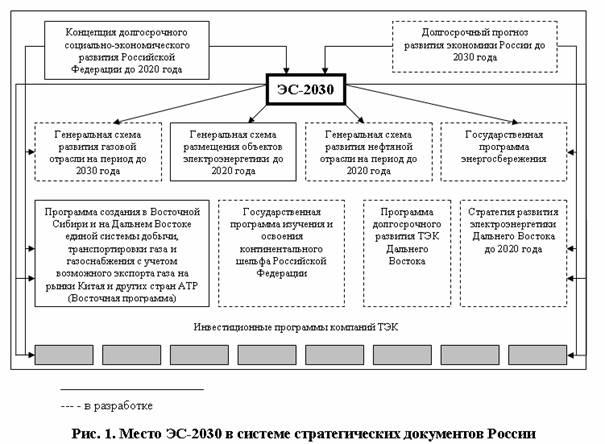
salt mine "Bochnia"
As early as 1248, salt was mined in Bochnia. The historical Bochnia salt mine is the oldest plant in Poland where rock salt mining began. The Bochnia deposit was formed about 20 million years ago during the Miocene period, when the territory of today's Bochnia was covered by a shallow and warm sea. The salt deposit has the shape of an irregular lens located in the latitudinal direction along the east-west axis. Its length is about 4 km, but what is its depth? from 50 to 500 meters. Is it narrow? several to two hundred meters. In the upper layers, it is located very steeply, almost vertically, only in the middle part it is inclined to the south at an angle of 30-40 °, and then narrows? until it completely disappears.
The mine workings, located at a depth of 70 to 289 m, cover a total of about 60 km of galleries and chambers. They extend approximately 3,5 km along the east-west axis and have a maximum width of 250 m along the north-south axis. Protected workings are located on nine levels: I? Danilovets, II? Sobieski, III? Vernier, IV? August, V? Lobkowicz, VI? Senkevich, VII? Beg-Stanetti, VIII? Scaffold, IX? Golukhovsky.
Salt mine? Barrel? the oldest salt mine in Poland, continuously operating from the middle of the XNUMXth to the XNUMXth century (rock salt in Poland was discovered in Bochnia several decades earlier than in Wieliczka). Sutoris Mine, the oldest active salt mine in Poland, dates back to the middle of the thirteenth century. The salt mines in Bochnia and Wieliczka have always been the property of the monarch and have been highly profitable since the time of Kazimierz and in subsequent centuries.
After almost eight centuries of operation, the mine resembles an extraordinary underground city, impresses with unique works, chapels carved into salt rocks, as well as original sculptures and devices used centuries ago. It can be visited not only on foot, but also by underground metro and boats. The mine is a priceless monument of technology. For tourists, it gives an unforgettable experience, and for a geologist and historian, the mine is an extremely valuable object of study.
It was the specific geological structure that determined the nature of exploitation and the unique spatial development of this place. Objects of particular value are the workings in the historical part of the Bochnia salt mine, extending from the Trinitatis mine, behind the former Danielovec mine, to the Goluchovska mine, at six levels at the Campi mine and at nine levels at the Sutoris mine. These are the oldest historical excavations of the XNUMXth-XNUMXth centuries, which have survived to this day in perfect condition thanks to the action to secure the shaft with a system of boxes, wooden lining, fantoons and salt pillars, which has been carried out since the middle of the XNUMXth century. Among the most attractive and completely unique are vertical workings, the so-called intramine shafts and furnaces, i.e. workings.
Among the chambers, the Vazhyn chamber stands out (salt was mined here from 1697 to the 50s, since there were exceptionally abundant deposits in this area), located at a depth of about 250 meters. Its length is 255 m, the maximum width is almost 15 m, and the height is over 7 meters. This huge, wonderful interior has no supports. The ceiling and walls with layers of salt and anhydrite, creating a natural ornament, look fantastic. On the striped ceiling of the chamber, a XNUMXth-century Ernest shaft is clamped, which, like others, is an example of the effect of rock mass pressure on the wooden lining of galleries and chambers. In the southern part of the Vazhyn chamber, there is an entrance to the Mann cross, dating back to the XNUMXth century, with preserved traces of manual processing of the deposit (traces of the so-called flaps and cavernous works).
The Vazhinskaya chamber has a specific microclimate characterized by a constant temperature (14-16°C), high humidity and ionization of clean air saturated with sodium chloride and valuable microelements. magnesium, manganese and calcium. These specific properties, enhanced by a well-functioning ventilation system, make it ideal for clearing the respiratory tract and have healing properties in many diseases (chronic rhinitis, pharyngitis and laryngitis, recurrent infections of the upper respiratory tract), as well as anti-allergic, antibacterial and antifungal properties. Since 1993, the chamber has been used by patients on a daily basis (inhalation and rest).
In order to familiarize visitors with the ancient mining technique and the spatial development of the mine, three interesting transport devices were reconstructed and a large copy of the map of all the excavations of the Bochna mine, based on the original of the XNUMXth century, was made. At the level of Sienkiewicz there is a running wheel for pulling brine, and in the Rabshtyn chamber, in use since the XNUMXth century, a four-horse running track for draining the mine, known as a slot, was placed. Noteworthy is the original wooden case of the camera of that time. On the treadmill near Vazhinsky Val there is a huge Saxon type treadmill with some original design elements.
Source: National Heritage Institute.
